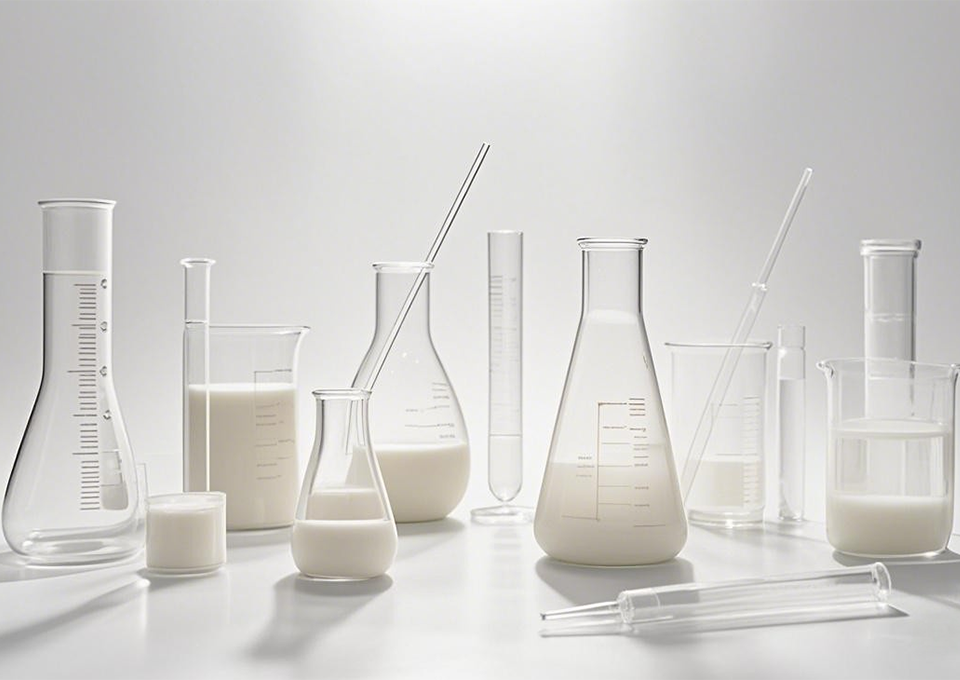The acrylate emulsion formula is a precisely engineered mixture of acrylic monomers, water, surfactants, initiators, and additives, designed to produce a stable, water-based emulsion with tailored properties for applications in coatings, adhesives, textiles, and paper processing. The core of the formula is a blend of acrylic monomers, which determine the emulsion’s fundamental characteristics: flexible monomers such as 2-ethylhexyl acrylate (2EHA) and butyl acrylate are included to enhance flexibility and low-temperature performance, while rigid monomers like methyl methacrylate (MMA) and methyl acrylate contribute hardness, adhesion to polar substrates, and chemical resistance. Functional monomers, such as acrylic acid, methacrylic acid, or hydroxyethyl acrylate, are added in small quantities (1-5%) to introduce reactive groups (carboxyl or hydroxyl) that enable crosslinking, improve adhesion to substrates, and enhance emulsion stability. Water serves as the continuous phase, typically comprising 40-60% of the formula, providing a solvent-free, low-VOC base. Surfactants (1-3%)—a combination of anionic (e.g., sodium lauryl sulfate) and nonionic (e.g., ethoxylated alcohols)—are critical for stabilizing the emulsion during polymerization, reducing surface tension to disperse monomers in water and preventing coalescence of polymer particles, which typically range in size from 50 to 300 nm. Polymerization initiators (0.1-1%), such as ammonium persulfate or potassium persulfate, trigger the free-radical polymerization reaction, which proceeds at temperatures between 70-90°C to form the acrylic polymer chains. Additional additives include chain transfer agents (e.g., mercaptans) to control molecular weight, ensuring consistent viscosity and film-forming properties. Crosslinkers (e.g., N-methylolacrylamide, epoxy-functional monomers) may be incorporated to improve chemical resistance and durability in end applications. Defoamers (0.05-0.5%) prevent foam formation during production and application, while biocides (0.01-0.1%) inhibit microbial growth during storage. pH adjusters, such as ammonia or sodium hydroxide, are used to set the pH between 7-9, optimizing emulsion stability and preventing coagulation. The solids content of the emulsion is typically 40-60%, balancing viscosity for application ease with drying efficiency. This formula is highly customizable: increasing 2EHA content enhances flexibility for adhesives, while higher MMA levels improve hardness for coatings; adjusting surfactant ratios modifies particle size, impacting film smoothness and gloss. Rigorous testing ensures each batch meets specifications for viscosity, particle size distribution, pH, minimum film-forming temperature (MFFT), and mechanical properties (tensile strength, elongation), making acrylate emulsions versatile for diverse industrial uses.
